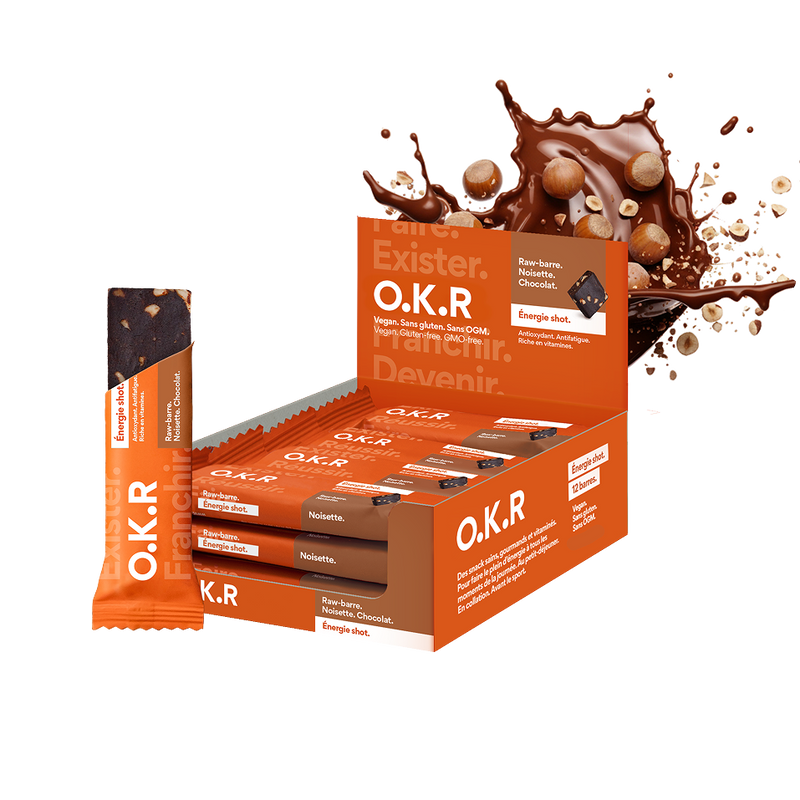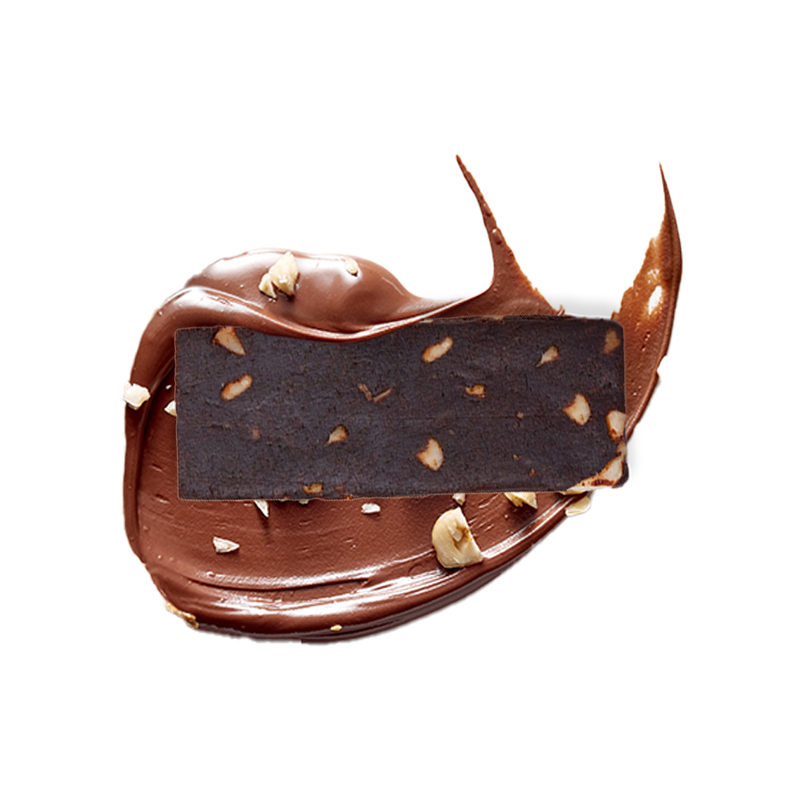THE The ketogenic diet is a high-fat, moderate-protein, low-carb, or no-carb diet designed to put your body into ketosis, which is when your body uses fat for fuel rather than relying on carbohydrates for energy. Your brain and muscles will be fueled by fat instead of carbohydrates.
This diet can be especially helpful for people looking to lose weight or control their blood sugar. However, it can have several side effects, so talk to your doctor.
Before embarking on a ketogenic diet, it's essential to understand the basics of the keto diet . In this article, discover which foods and recipes you can eat, how much, and which foods you shouldn't.
What foods are prohibited on a ketogenic diet?
Avoid sugary foods
Sugary foods are restricted in almost all weight-loss diets, and keto is no different. On a ketogenic diet, you must eliminate carbohydrates from your diet. At the very least, reduce them as much as possible. This will put your metabolism into a state of ketosis (meaning it will now use fat instead of carbohydrates for energy).
- Prohibited foods include soda, candy, sports drinks, cookies, desserts, cakes, pastries, sweetened yogurts, ice cream, and breakfast cereals.
- Most fruits contain too much sugar like mangoes, grapes and bananas.
- Ketchup, pasta sauce, and salad dressings often contain sugar.
- Natural sweeteners like honey, maple syrup, and agave are sugars. There are dozens of names for sugar. Try to avoid it.
- Avoid alcohol, wines, beers which are often very rich in carbohydrates.
Avoid starchy foods
All starches turn into sugar when digested. Many so-called "healthy" foods end up as sugar and can prevent you from losing weight or achieving your health goals. The list of starchy foods to avoid includes:
- Bread, tortillas, pasta, rice, couscous, corn, potatoes, fries, chips
- Legumes (such as peas, lentils, beans)
- Cereals, porridge, oatmeal and muesli.
- Even whole grains and grain-like foods like quinoa are just other forms of starch.

The alternatives
There are many delicious substitutes for these foods that work with a ketogenic diet. Try them and you may never miss carbs again!
The alternatives:
- To make porridge keto, replace the oats with chia and sesame seeds and add a little coconut oil.
- To make keto bread , replace regular wheat flour with coconut, almond, or psyllium flour.
- To make pasta keto-friendly, try zucchini tagliatelle if you have the tools to make it at home, or opt for konjac-based pasta.

What foods are allowed on a ketogenic diet?
If you're unsure what a ketogenic diet looks like, here's a list of permitted ingredient families and their approximate percentage of your total diet.
Carbohydrates (5-10% of the RDA)
About 40g per day for a 2,000 calorie diet.
The difficulty of the The ketogenic diet involves reducing your carbohydrate intake. You should only get 5 to 10% of your daily calories from carbohydrates. By drastically limiting the consumption of glucose, the normal energy source for cells, this reduces insulin secretions in your body.
Initially, the body uses the remaining glucose stored in the liver, then in the muscles. This stock is usually depleted after about three or four days on a keto diet. At that point, your body is forced to turn to another fuel source.
The liver will begin converting fats into ketones, which will then be released into the bloodstream and used by cells for energy.
On a ketogenic diet, people eat between 20 and 50 grams of carbohydrates per day to maintain this ketone-burning state called ketosis.
Not sure which fruits and vegetables are low in carbs? Opt for options grown above ground (like leafy greens, peppers, and stem vegetables) rather than underground (like potatoes, carrots, parsnips, and root vegetables), as the former generally provide fewer carbs.
Here is the list of foods with carbohydrates to favor:
- Tomatoes
- Zucchini
- Eggplant
- Green beans
- Cucumber
- Peppers
- Spinach
- Asparagus
- Celery
- Broccoli
- Cauliflower
- Kale
- Brussels sprouts

Protein (10-20% of the RDA)
About 70g per day for a 2,000 calorie diet.
Protein is essential for building muscle.
If you eat too little protein on the ketogenic diet, your body will turn to muscle tissue for fuel, reducing your overall muscle mass and the number of calories burned at rest. Conversely, eating too much protein can be harmful to your kidneys.
Some protein sources (such as Greek yogurt, eggs, and cheese) also provide essential vitamins for your hair, eyes, and immune system, while others should only be consumed in small doses. While processed meats like sausage and bacon are technically allowed on the ketogenic diet, it's best to limit them as they're high in sodium. Otherwise, opt for organic, pasture-raised, and grass-fed meat and poultry, if possible.
Recommended protein sources:
- Chicken, dark meat if possible
- Turkey, dark meat if possible
- Beef
- Salmon
- Sardines
- Tuna
- Shrimp
- Pork
- Lamb
- Eggs
- Cheeses (unprocessed)
- Plain Greek yogurt made with unsweetened whole milk
Lipids (70-80% of the RDA)
About 165g per day for a 2,000 calorie diet.
Fat should make up the majority of your intake. Although it sometimes gets a bad rap, it's actually an essential macronutrient that's used as a fuel source for building cell membranes, absorbing vitamins and minerals, and more.
Opt for a higher ratio of unsaturated fats (such as flaxseeds, olive oil, and nuts) to saturated fats (such as lard, red meat, palm oil, butter).
One common misconception is that a ketogenic diet is all bacon, butter, and cheese—and while some people take this approach, it's not the only or best way. While the diet is high in fat, if your goal is weight loss, it's important to moderate your fat intake so your body can burn stored body fat.
Since a majority of your calories come from fat, it's essential to choose options that are less likely to clog your arteries and increase your risk of cancer. Choose hearty meals that contain a balance of protein, non-starchy vegetables, and sources of healthy fats like nuts and seeds, olive oil, avocado oil, coconut oil, or avocado.
Here is the list of foods rich in good lipids to favor:
- Olive oil
- Avocado oil
- Olives
- Lawyers
- Flax seeds
- Chia seeds
- Pumpkin seeds
- sesame seeds
- Hemp hearts
- Coconut
- Hazelnuts
- Natural nut butters with no added sugar

Discover our keto nut bar.
The first nut bar with no added sugar, Nutriscore A, rich in fiber and a source of protein. A unique recipe, compatible with ketogenic/keto diets, that unlocks the potential of almonds and peanuts.












